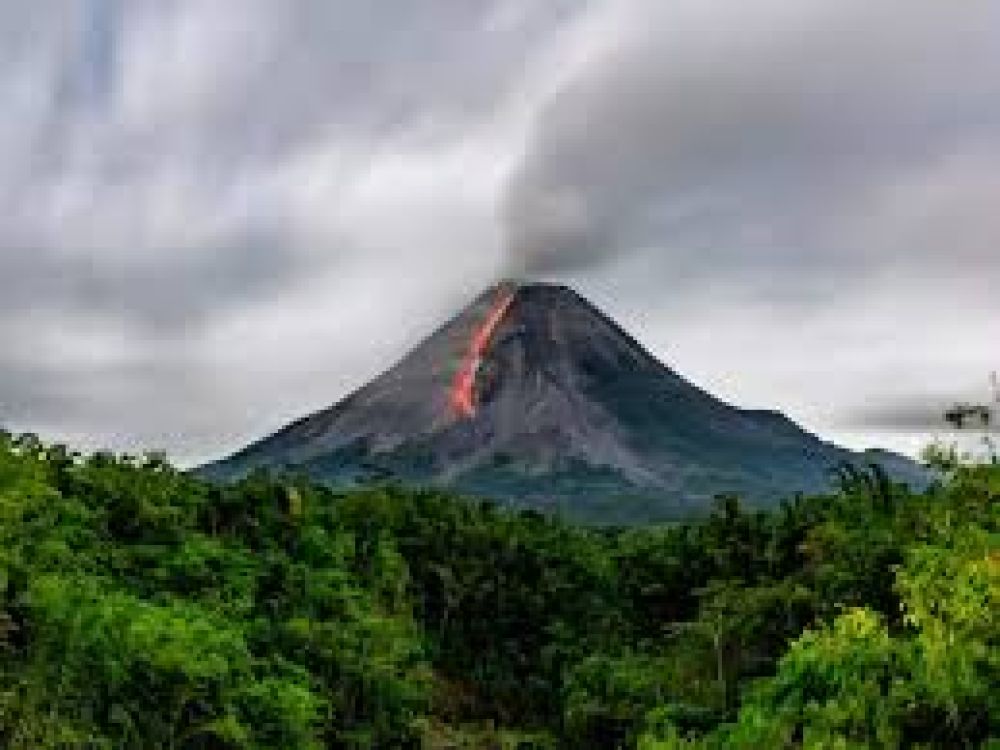When visiting Mount Merapi, it is important to bring the proper gear. Essentials include good hiking boots, warm layers of clothing, a rain jacket, a headlamp for pre-dawn starts, water, snacks, and a basic first-aid kit. Also, carry a mask to protect against volcanic ash in case of an eruption.

